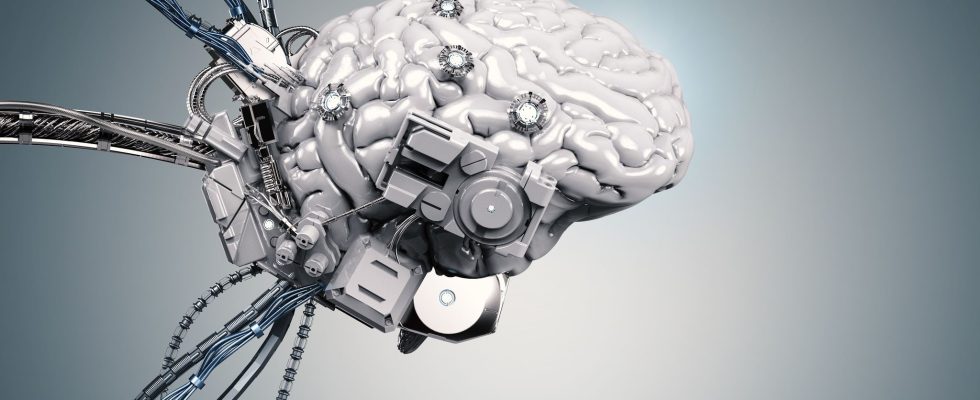Want to convince your audience? Rely on brain images rather than graphics: “Researchers have shown that the speech is then considered more credible”, reports Edouard Gentaz, professor of developmental psychology at the University of Geneva and director of research at the CNRS . Is it for this reason that we can no longer speak of education today without referring to “neurosciences”? A fashion launched in the general public by the proponents of positive education, the psychotherapist Isabelle Filliozat and the pediatrician Catherine Guéguen. Both ensure that their precepts are based on the advances in this discipline. Relatively young, linked to progress in imaging, it aims, in its strictest definition, to study the characteristics and functioning of the brain, and more broadly for cognitive neuroscience to make the link between this knowledge and our behavior in the sense wide.
“The neurosciences shed light on the neurophysiological mechanisms involved in such and such an attitude, but they do not tell us how to educate our children”, nuances the Geneva researcher, author of How Emotions Come to Children (Nathan). Many studies have certainly shown that abuse is very negative for the proper development of the child’s brain. Most of this work, however, focuses on situations of intense stress. “This proves that we have to be careful, but we have caricatured the speech: putting rules and explaining to the child how to respect them is not violence”, assures Grégoire Borst, co-director of the Psychology Laboratory of the child development and education (CNRS).
Moreover, the relationships that have been established between an abusive upbringing and possible later difficulties in life do not come directly from neuroscience, but from the work of scientific psychology. A much older field, but relatively unknown in France: “In your country, we equate psychology with psychoanalysis, which is not a science. Using the term neuroscience is perhaps a way for researchers in psychology and cognitive sciences to distinguish themselves from psychoanalysts”, smiles Edouard Gentaz.
The mirage of neuropsychoanalysis
Surprisingly, a current of psychoanalysts has also taken an interest in neuroscience. From there was born neuropsychoanalysis, which tried to draw bridges between these two disciplines that everything opposes. In vain, so far: “There can be no correspondence, for the good reason that no solid factual data has ever come to corroborate the concepts of psychoanalysis”, recalls Franck Ramus, researcher in cognitive sciences at the Ecole Normale Supérieure (and columnist at L’Express).
Neuroscientists speak of “neuromyths” to mock this tendency to want to make their discipline say more than it can. Examples ? The idea that the little child could not understand negation, because of the immaturity of his brain – a totally unfounded assertion. Or that everything would be played out in very early childhood. “Even if this period is particularly sensitive, it ignores the brain’s ability to change throughout life,” says Grégoire Borst. An optimistic message from… neuroscience.
